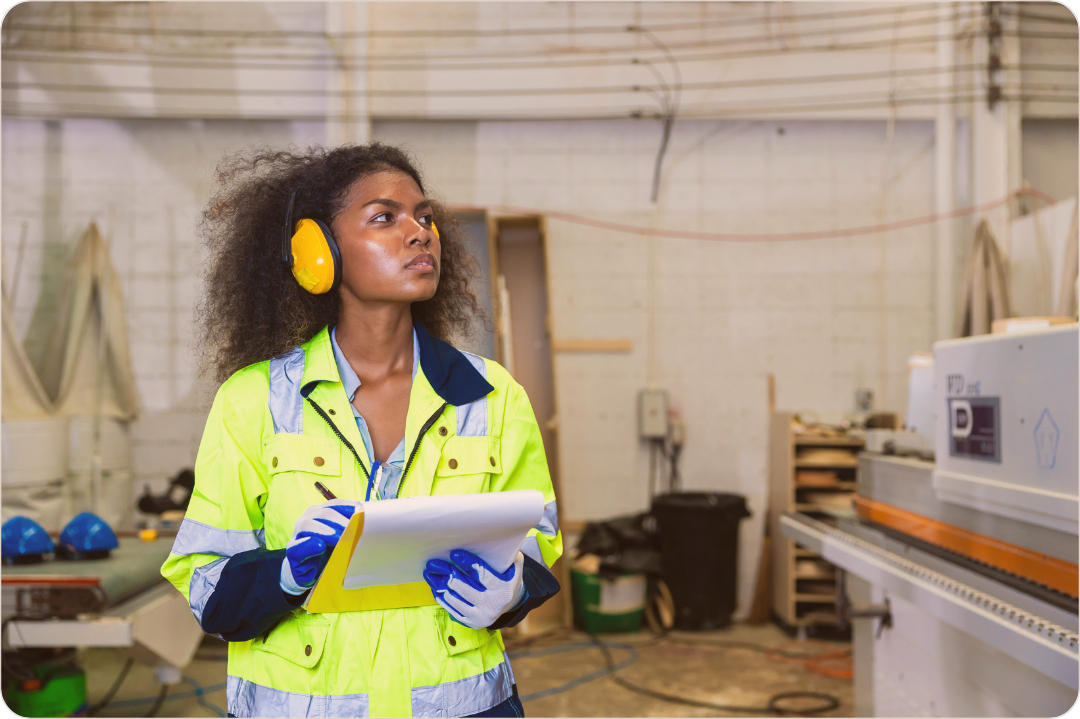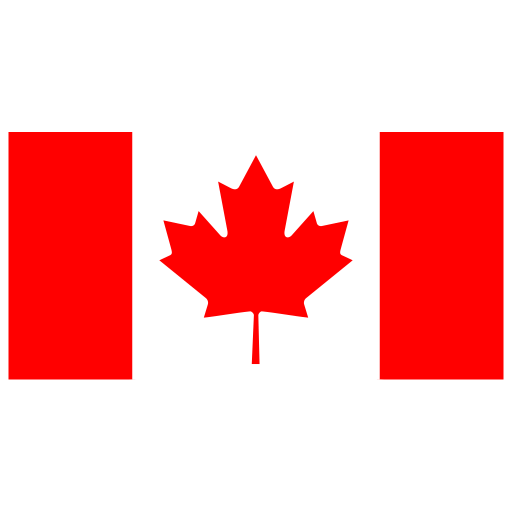Minnesota is home to a wide range of industries—including healthcare, agriculture, forestry, utilities, and manufacturing—where employees often work alone or in remote locations. These “lone workers” perform job duties without direct supervision or immediate access to assistance, which increases their vulnerability in the event of an emergency. Employers must take proactive steps to ensure the safety of these individuals.
Minnesota operates its own OSHA-approved occupational safety and health program, known as Minnesota OSHA (MNOSHA), which is administered by the Minnesota Department of Labor and Industry. This program enforces safety standards across both private and public sector workplaces, with rules that must be at least as effective as federal OSHA standards.
On This Page
Our Guide To Lone Worker Safety Policy And Legislation In Minnesota
Because Minnesota runs a state OSHA plan, employers in the state must comply with regulations enforced by Minnesota OSHA (MNOSHA). Although MNOSHA does not have a regulation that specifically targets lone workers, employers are still required under the Minnesota Occupational Safety and Health Act to provide a safe and healthful workplace for all employees—including those working without direct supervision.
Minnesota OSHA applies both general and industry-specific safety rules that can be adapted to address the risks lone workers face, such as delayed emergency response, isolation-related hazards, and environmental threats in remote areas.
How Minnesota Defines A Lone Worker
Minnesota does not legally define “lone worker” in its state safety statutes. However, the term commonly refers to employees who carry out job tasks without direct supervision or coworkers nearby. These individuals may be unable to call for help or receive timely assistance in the event of an emergency.
Examples of lone workers in Minnesota include:
- Agricultural workers operating equipment alone in fields
- Forestry workers in remote areas of northern Minnesota
- Home healthcare providers visiting patients
- Custodians and cleaning staff working night shifts
- Utility workers and maintenance technicians in the field
- Security guards at unstaffed facilities
These roles require additional safety planning to ensure employees can respond to emergencies and communicate effectively while working alone.
Employing A Lone Worker In Minnesota
Employers in Minnesota must evaluate lone worker situations just as they would any other job-related hazard. Under MNOSHA, employers are responsible for conducting hazard assessments and developing policies and procedures that minimize risk.
Recommended best practices include:
- Conducting Job Hazard Analyses: Evaluate the specific risks of each lone work position or location.
- Implementing Communication Systems: Require regular check-ins via phone, app, or two-way radio, depending on the setting.
- Providing Emergency Response Tools: Equip workers with devices that allow them to send alerts, call for help, or trigger emergency services.
- Offering Safety Training: Train employees on emergency procedures, hazard recognition, and how to use monitoring tools.
- Documenting Policies: Develop and enforce written procedures for lone work, including when it is permitted and how workers should be supported.
Taking these steps helps ensure compliance with MNOSHA requirements and builds a culture of safety and accountability.
Learn How You Can Protect Your Employees With Loneworker.com
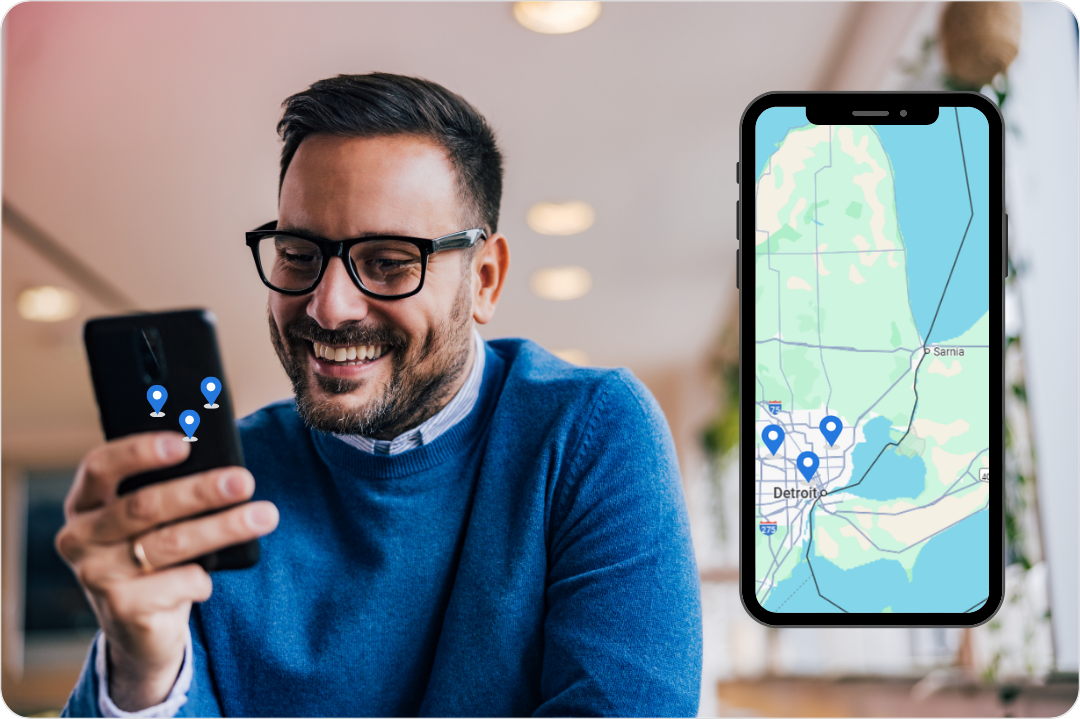
With Loneworker.com you can be equipped with the knowledge and the means to protect your employees and protect your business. Contact us today to learn more about how Loneworker.com can protect you and your employees.
How The Safe Lone Worker App Can Protect Minnesota Lone Workers And Employers
In a state like Minnesota—where workers often operate in rural, forested, or weather-prone environments—real-time visibility is crucial. The Safe Lone Worker app helps employers protect their workforce with features such as GPS tracking, timed check-ins, panic alerts, and fall detection.
Whether it’s a technician climbing a cell tower or a healthcare worker traveling between rural homes, the app ensures that help is always within reach. It also provides employers with documented proof of compliance and monitoring, which can be helpful during inspections or incident reviews.
Minnesota Lone Worker Policies
Minnesota does not operate a state-run occupational safety and health plan, so federal OSHA standards apply to all private-sector employers. Although there is no specific OSHA regulation dedicated to lone workers, employers are required by law to protect all employees from foreseeable hazards—including those faced when working alone.
For the most current legal requirements and safety resources, visit OSHA.gov and the Minnesota Workforce Commission. This article is intended for general information purposes and should not be considered a substitute for legal advice or official regulatory guidance.
Minnesota Lone Worker Resources
OHS Contact Centre
- 11-866-415-8690
CDC / NIOSH
- 800-232-4636

Affordable Monitoring For Lone Workers In Minnesota
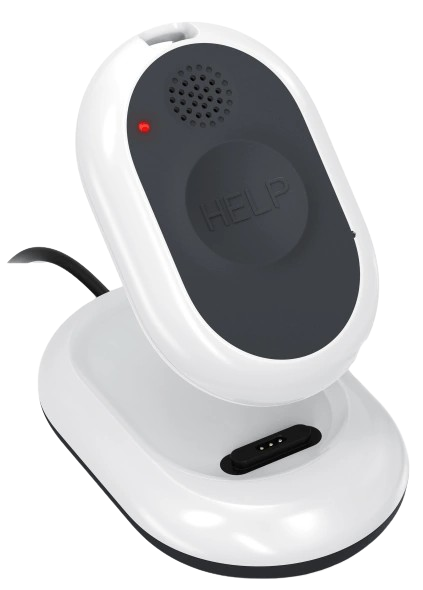
-
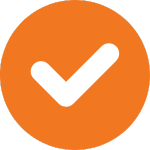 Monitoring Your Employees' Safety
Monitoring Your Employees' Safety
-
 GPS Tracking And Monitoring
GPS Tracking And Monitoring
-
 Man Down Panic Alerts
Man Down Panic Alerts
-
 24/7 Protection Anywhere
24/7 Protection Anywhere
Lone Worker Legislation
Lone Worker Safety Policies And Legislation By State
-
 Alabama State Safety Policies And Legislation
Alabama State Safety Policies And Legislation
-
 Alaska State Safety Policies And Legislation
Alaska State Safety Policies And Legislation
-
 Arizona State Safety Policies And Legislation
Arizona State Safety Policies And Legislation
-
 Arkansas State Safety Policies And Legislation
Arkansas State Safety Policies And Legislation
-
 California State Safety Policies And Legislation
California State Safety Policies And Legislation
-
 Colorado State Safety Policies And Legislation
Colorado State Safety Policies And Legislation
-
 Connecticut State Safety Policies And Legislation
Connecticut State Safety Policies And Legislation
-
 Delaware State Safety Policies And Legislation
Delaware State Safety Policies And Legislation
-
 Florida State Safety Policies And Legislation
Florida State Safety Policies And Legislation
-
 Georgia State Safety Policies And Legislation
Georgia State Safety Policies And Legislation
-
 Hawaii State Safety Policies And Legislation
Hawaii State Safety Policies And Legislation
-
 Idaho State Safety Policies And Legislation
Idaho State Safety Policies And Legislation
-
 Illinois State Safety Policies And Legislation
Illinois State Safety Policies And Legislation
-
 Indiana State Safety Policies And Legislation
Indiana State Safety Policies And Legislation
-
 Iowa State Safety Policies And Legislation
Iowa State Safety Policies And Legislation
-
 Kansas State Safety Policies And Legislation
Kansas State Safety Policies And Legislation
-
 Kentucky State Safety Policies And Legislation
Kentucky State Safety Policies And Legislation
-
 Louisiana State Safety Policies And Legislation
Louisiana State Safety Policies And Legislation
-
 Maine State Safety Policies And Legislation
Maine State Safety Policies And Legislation
-
 Maryland State Safety Policies And Legislation
Maryland State Safety Policies And Legislation
-
 Massachusetts State Safety Policies And Legislation
Massachusetts State Safety Policies And Legislation
-
 Michigan State Safety Policies And Legislation
Michigan State Safety Policies And Legislation
-
 Minnesota State Safety Policies And Legislation
Minnesota State Safety Policies And Legislation
-
 Mississippi State Safety Policies And Legislation
Mississippi State Safety Policies And Legislation
-
 Missouri State Safety Policies And Legislation
Missouri State Safety Policies And Legislation
-
 Montana State Safety Policies And Legislation
Montana State Safety Policies And Legislation
-
 Nebraska State Safety Policies And Legislation
Nebraska State Safety Policies And Legislation
-
 Nevada State Safety Policies And Legislation
Nevada State Safety Policies And Legislation
-
 New Hampshire State Safety Policies And Legislation
New Hampshire State Safety Policies And Legislation




